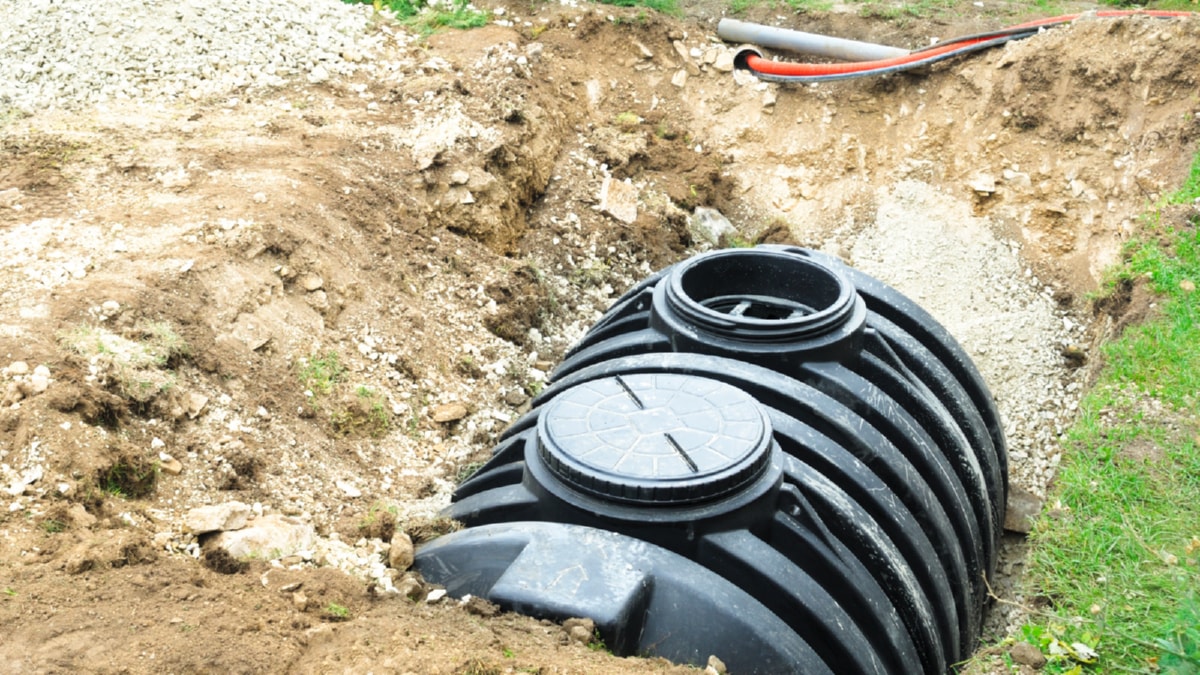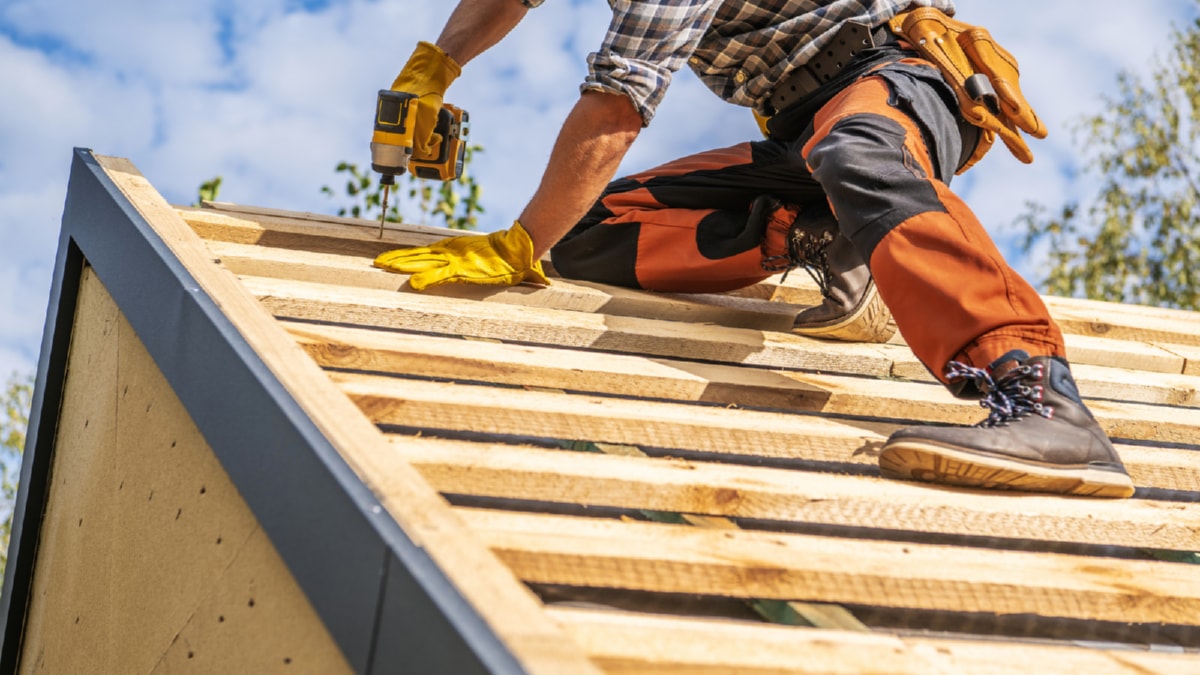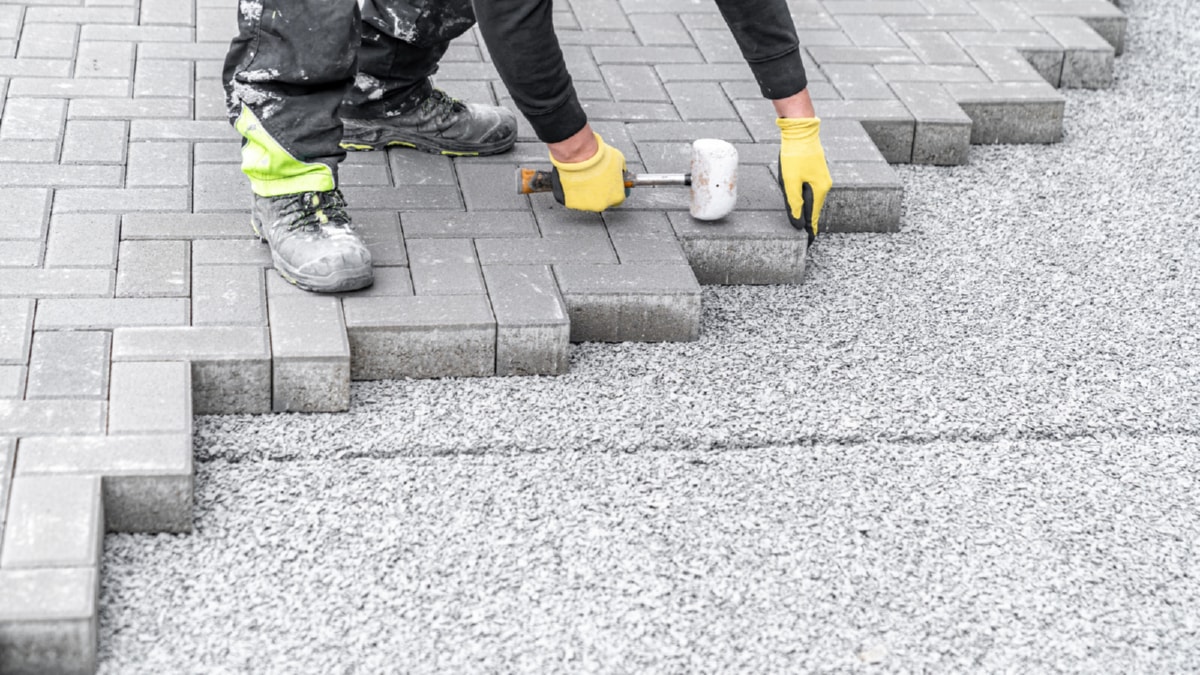The building sector is undergoing a major transformation, due to the advent of various technological innovations. From building information modelling (BIM) and 3D printing to drones, technology is revolutionizing how we construct and manage infrastructures.
To start with, let’s explore BIM. BIM is a robust tool that allows architects, engineers, and construction professionals to design and control digital representations of physical and functional characteristics of places. Via BIM, stakeholders can visualize what is to be built in a simulated environment to identify any potential design, construction, or operational issues. As a result, BIM assists in cutting down costly and time-consuming changes in the middle of the actual construction process.
Then, we have the rise of 3D printing. This technology is bringing about a new era in construction, offering a more sustainable, cheaper, and faster way of building. From entire buildings to intricate architectural details, 3D printing can produce almost anything by using a variety of materials, such as concrete, plastic, and metal. This cuts down waste and speeds up the construction process, resulting in significant cost savings.
Moreover, drones, also known as unmanned aerial vehicles (UAVs), are becoming increasingly prevalent in construction. They are used for multiple purposes, including surveying land, monitoring construction sites, and inspecting structures. With advanced sensors and high-resolution cameras, drones can capture detailed images and data, improving accuracy and allowing quicker decision-making.
Finally, we cannot overlook the influence of artificial intelligence (AI) and machine learning (ML). AI and ML are driving automation in the construction industry, ranging from automated equipment that can execute repetitive tasks more efficiently than humans, to software algorithms that can predict project outcomes. These technologies help to increase productivity, reduce project costs, and improve safety.
In summary, technology is forming the future of construction, delivering unprecedented changes and benefits. Whether it’s BIM, 3D printing, drones, AI, or ML, these innovations are disrupting the traditional construction processes and leading the way for a more efficient, sustainable, and safer construction industry. However, the secret to success will be in embracing these technologies and adjusting to the new ways of working.
.
For more details, check best exterior step and stair rebuild and replace service or visit their business listing here.



